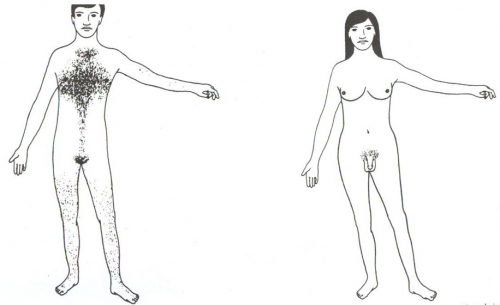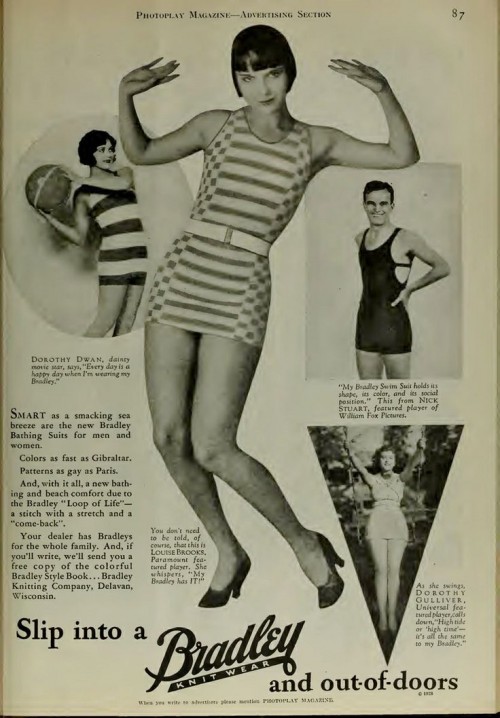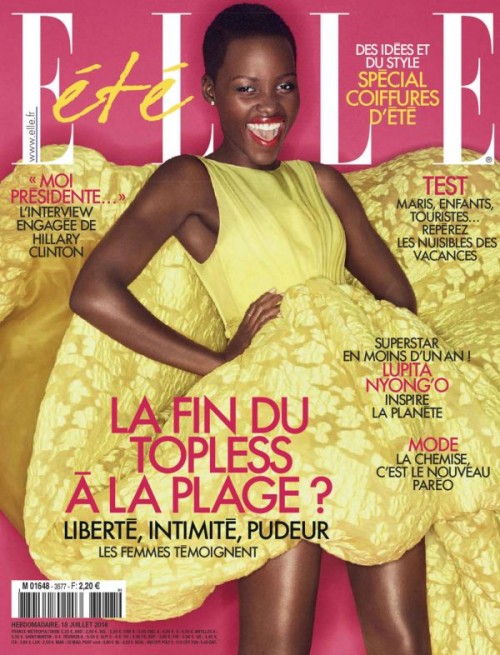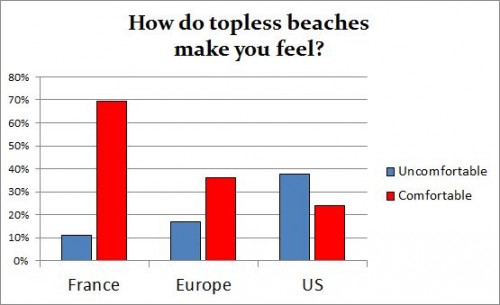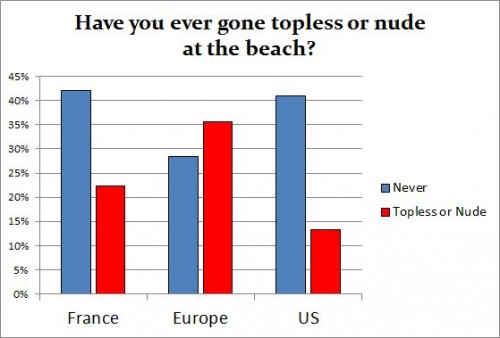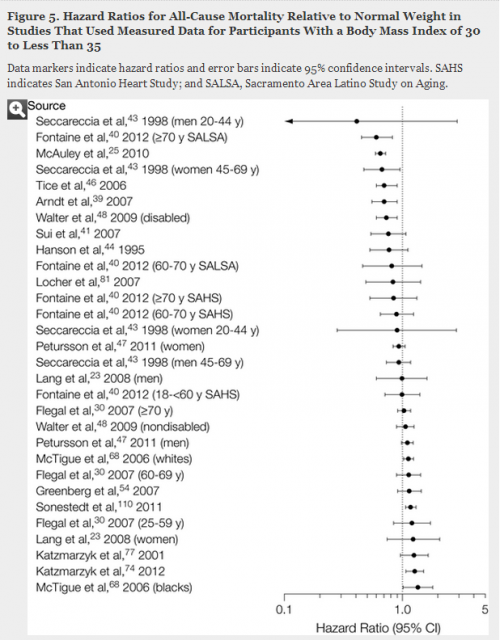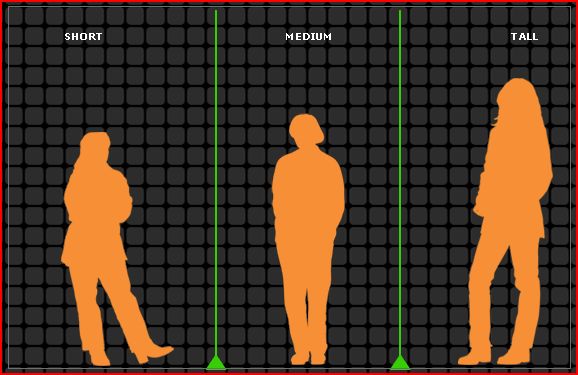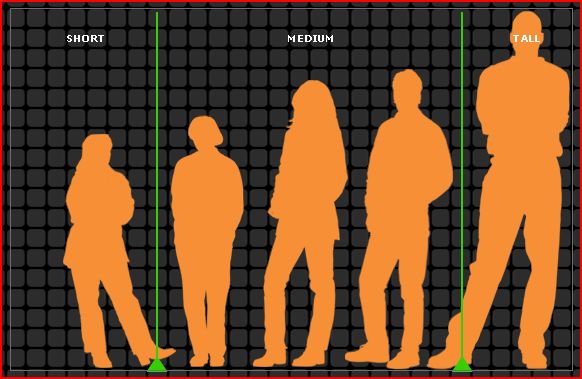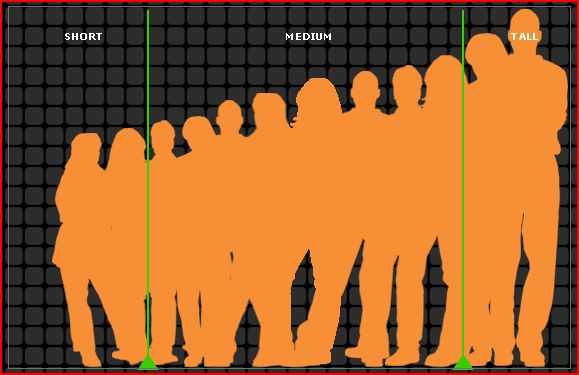Flashback Friday.
In Michael Kimmel’s sociology of gender textbook, The Gendered Society, he offers us the following two pictures and asks us to decide, based on our gut-level reactions, whether the two individuals pictured are male or female:
If you are like most people, you find, perhaps to your own bewilderment, that the first individual seems male despite the female pubic hair pattern and apparent female genitalia and the second individual seems female despite the presence of a penis and scrotum.
Kimmel suggests that this is because, in our daily life, we habitually judge individuals as male or female on the basis of their secondary sex characteristics (e.g., body shape, facial hair, breasts) and social cues (e.g., hair length) and not, so much, their primary sex characteristics (i.e., their genitalia).
In that sense, Kimmel argues, social cues and secondary sex characteristics “matter” more when it comes to social interaction and gender is really about gender (socially constructed ideas about masculinity and femininity), not so much about sex (penises and vaginas).
Images borrowed the images from Gender: An Ethnomethodological Approach, by Kessler and McKenna. University of Chicago Press. Originally posted in 2009.
Lisa Wade, PhD is an Associate Professor at Tulane University. She is the author of American Hookup, a book about college sexual culture; a textbook about gender; and a forthcoming introductory text: Terrible Magnificent Sociology. You can follow her on Twitter and Instagram.

